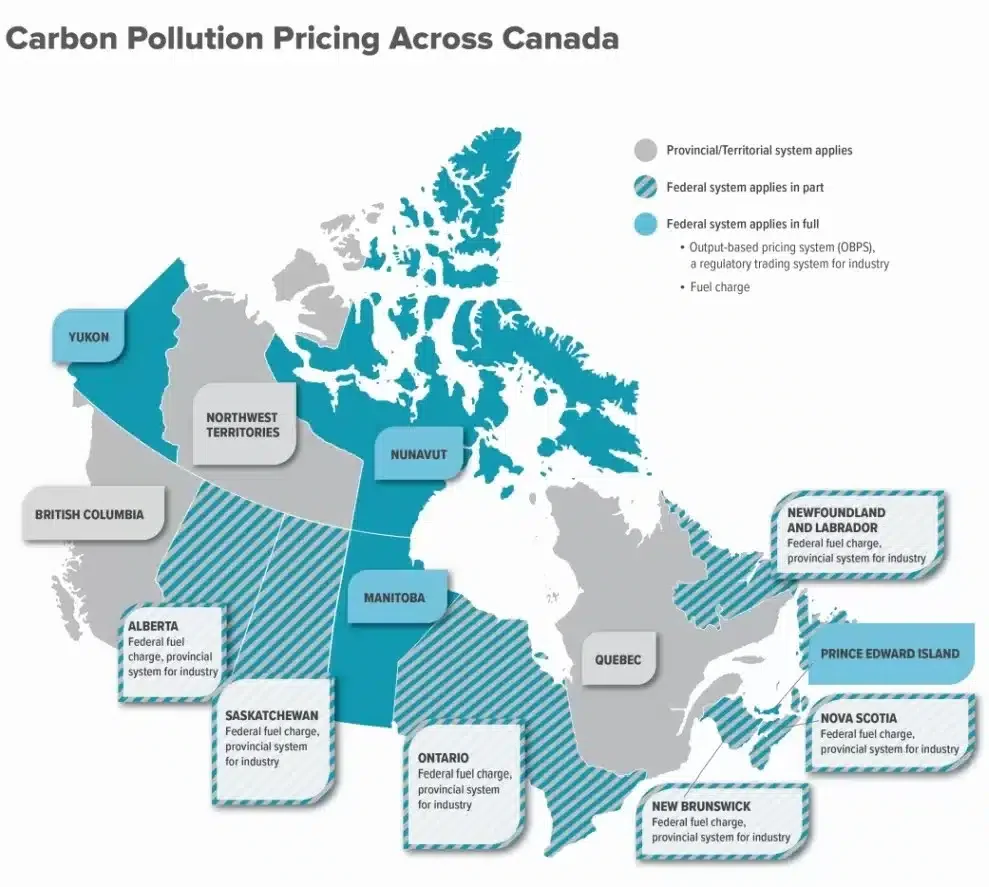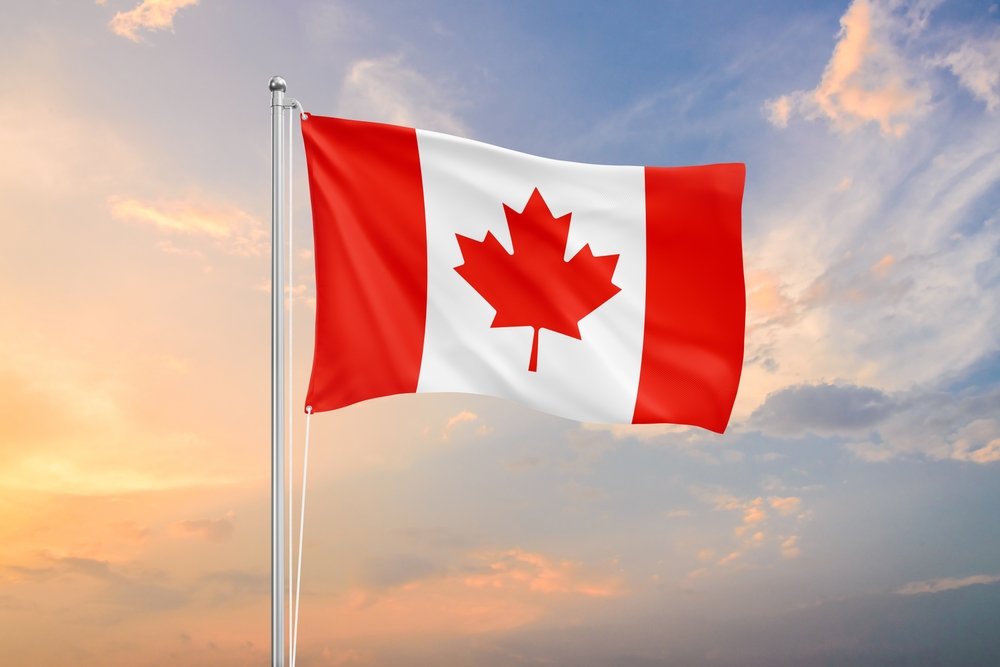Canada’s federal carbon pricing policy is a pivotal component of the nation’s efforts to combat climate change. The Parliamentary Budget Officer’s latest estimates show that it will yield over $5 billion in revenue from federal sales tax over the next 7 years.
However, concerns are raised as to why there are no specific plans to channel the revenue to climate programs. The federal government also scaled back carbon tax rebates for small businesses.
The estimated figures come from a private member’s bill put forward last fall by Conservative MP Alex Ruff, aiming to entirely remove the sales tax from carbon pricing.
Canada’s Carbon Tax Revenue and Redistribution Framework
In an era increasingly characterized by environmental responsibility, Canada’s carbon pricing policy was initially hailed as a bold stride toward fostering a sustainable future. However, the revelation that the revenue from the tax lacks specific earmarks for environmental initiatives has sparked widespread concern.
Critics argue that without a targeted focus on climate action represents a missed opportunity in the fight against global warming.
According to law, revenue generated from the carbon price must be redistributed to households and businesses through rebates and granting programs.
The PBO projected that the redistribution will amount to about $600 million in 2024-25, growing to $1 billion annually by 2030-31, alongside the increase in the carbon price itself. Over the period from April 2022 to March 2031, this could accumulate to $5.7 billion.
These projections include revenue from the 8 provinces and 2 territories subject to the federal carbon pricing system. They also include British Columbia, Quebec, and Northwest Territories, which have their own systems. Thus, the federal carbon pricing system do not apply in those 3 jurisdictions.

Directing these funds towards climate action can help the country achieve its 2030 greenhouse gas emissions targets.
The carbon pricing framework was structured with the intention that 90% of the funds collected from consumers and smaller businesses would be allocated to individual households in the form of rebates.
The remainder of the funds was designated for Indigenous communities, municipalities, hospitals, and schools. The ultimate goal is to facilitate energy efficiency upgrades through a range of programs.
To date, over $100 million has been disbursed through these programs. Approximately $35 million was allocated to small businesses, $60 million to schools, and around $6 million to Indigenous communities.
Scrutiny Over Carbon Tax Rebates for Small Businesses
But the scrutiny over the $5 billion income from the carbon price continues to intensify. It is further compounded by recent developments, particularly the reduction of carbon tax rebate percentages for small and medium-sized enterprises (SMEs). It sparked strong reactions from business communities nationwide.
The Canadian Federation of Independent Business (CFIB) has been particularly vocal in its opposition, launching a petition against these alterations and advocating for immediate measures to support affected businesses.
The CFIB estimates that small businesses contribute up to 40% of the government’s total carbon price revenues. However, Clean Prosperity, an economic and climate change think tank, suggests a lower estimate, placing it closer to 25%.
Small businesses were never slated to receive more than 7% of the carbon price revenues back. Moreover, this allocation is now diminishing further, dropping to 5%.
The incentives were intended to assist businesses in covering a portion of the expenses associated with acquiring energy-efficient equipment. They also cover initiatives on upgrading buildings and operations to reduce fuel consumption. The targeted businesses are in emissions-intensive and trade-exposed sectors, but these haven’t yet been defined.
Clean Prosperity’s executive director, Michael Bernstein, commented on the issue:
“Even two years ago, we calculated that there was enough money within the HST [Harmonized Sales Tax] on the carbon tax to fund a one-percentage-point reduction in the small business tax rate in provinces where the carbon tax applied.”
Bernstein further noted that SME businesses contribute around one-quarter of Canada’s carbon price revenue, according to their estimates. Since 2019, the government has yet to disburse about $2.5 billion from this income owed to small businesses.
Perspectives and Proposed Solutions
Dan Kelly, CFIB President and CEO, argued that businesses require assistance to mitigate the financial impact of carbon pricing. He particularly remarked that:
“The whole principle of a carbon tax is you tax carbon-based activities and you give the money back so that then people make decisions to use those dollars in lower-carbon activities.”
Conservative spokesperson Sebastian Skamski affirmed the party’s commitment to eliminating carbon pricing. While Conservative MP Alex Ruff’s proposal to remove the sales tax from carbon pricing serves as an interim measure, the party advocates for broader exemptions and reductions to alleviate the burden on businesses.
However, Minister of Finance Chrystia Freeland’s office didn’t express openness to utilizing GST and HST revenues to bolster rebates. Katherine Cuplinskas, a spokesperson for Freeland, said that the government promises a portion of carbon price revenues to be returned to businesses. However, no specific details were provided.
Canada’s carbon pricing policy generates significant revenue but lacks specific allocations for climate programs. Reductions in rebates for small businesses raise concerns. Balancing revenue generation, fair redistribution, and business support is crucial. Transparent communication and flexible policy frameworks are needed for effective climate action and economic stability.

